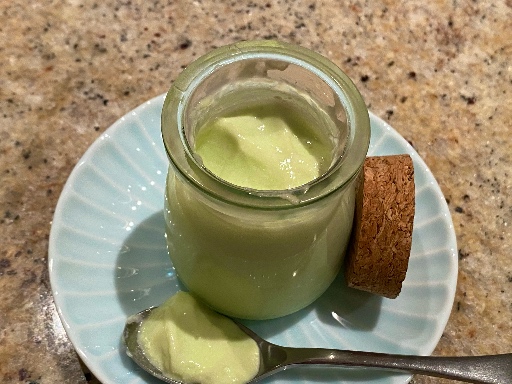Ingredients: (make 24)
For the crust
8 tablespoons (4 ounces/120 grams) unsalted butter, softened, but still cool to the touch
3 ounces (80 grams) cream cheese, softened, but still cool to the touch
1 cup plus 2 tablespoon (140 grams) all-purpose flour
For the topping:
1/2 cup (62.g) AP flour
6 Tbs. sugar (1/4 cup + 2 Tbs.)
1/4 tsp. salt
4 Tbs. (60 g) butter
For the filling:
2 cups of the figgy cranberry sauce*
2 eggs
*To make the figgy cranberry sauce: (#1)Frozen or fresh cranberries (12oz bag) (Do not thaw if you are using frozen).
Dried figs, coarsely chopped (1 cup)
Sugar 1/2 cup
White wine 3/4 cup
Orange peel, 2 long strips without pith
Salt, a pinch
Orange flavored liquor (I used triple sec), 2 tbs
1. Soak the figs in hot water for 20 minutes.
2. In a sauce pan, add the wine and sugar on medium flame. Once it starts to boil reduce the heat and mix to dissolve the sugar.
3.Add, the cranberries, drained figs, orange peel and cook for 10 -15 minutes stirring occasionally until the sauce thickens.
4. Cut the flame and add a pinch of salt and the orange liquor and mix.
Directions:(If you have read the other tassie recipes you may have “an acute sense of Deja Vu all over again” in reading this one).
To make the crust: In the bowl of a stand mixer fitted with the paddle attachment beat together the butter and cream cheese until smooth, about 2 minutes. Stop the mixer and add the flour. On low speed, mix until no streaks remain and the dough starts to come together, about 1 minute. Scrape any stray dough from the sides of the bowl, gather into a ball and flatten into a smooth rectangle or disc.
Cut the cold dough into 24 equal pieces. I did this by dividing the total weight of the dough by 24 to get the gram weight of each piece. (It came out to about 14 grams per piece). Make a small ball out of the dough, put it in the cup then using your thumb push down on the center of the ball forcing a depression in the center and the displaced dough up the sides of the cup. Use your thumb and fingers to further spread the dough up the sides of the cup. There is enough butter in the recipe that the papers were not necessary. Refrigerate uncovered, while making the filling.
Mix all the ingredients together using your fingers until they form small pea sized clumps (#2). Set aside
For the filling: Add two eggs to 2 cups of the figgy sauce.
To assemble:
Scoop the figgy cranberry sauce into the pastry shells (#3). (I used the smallest ice cream scoop to fill the cups about 3/4 full.) Top each cup with the topping (#4 & #5) Bake in a 350 degree oven for about 15 to 20 minutes until the crumble and crust are golden brown (#6). Cool completely before removing from the pan.
These are a great seasonal two bite dessert. The flavor is surprisingly complex. The sharp freshness of the cranberries is followed by a lingering flavor of the figs combined with the yuzu orange rind and triple sec liquor. The pie crust and crumble top add two separate crunch dimensions. The crust is firmer than the crumble with a predominant butter/cream cheese flavor while the crumble is softer and much sweet further offsetting the tartness of the cranberries.














